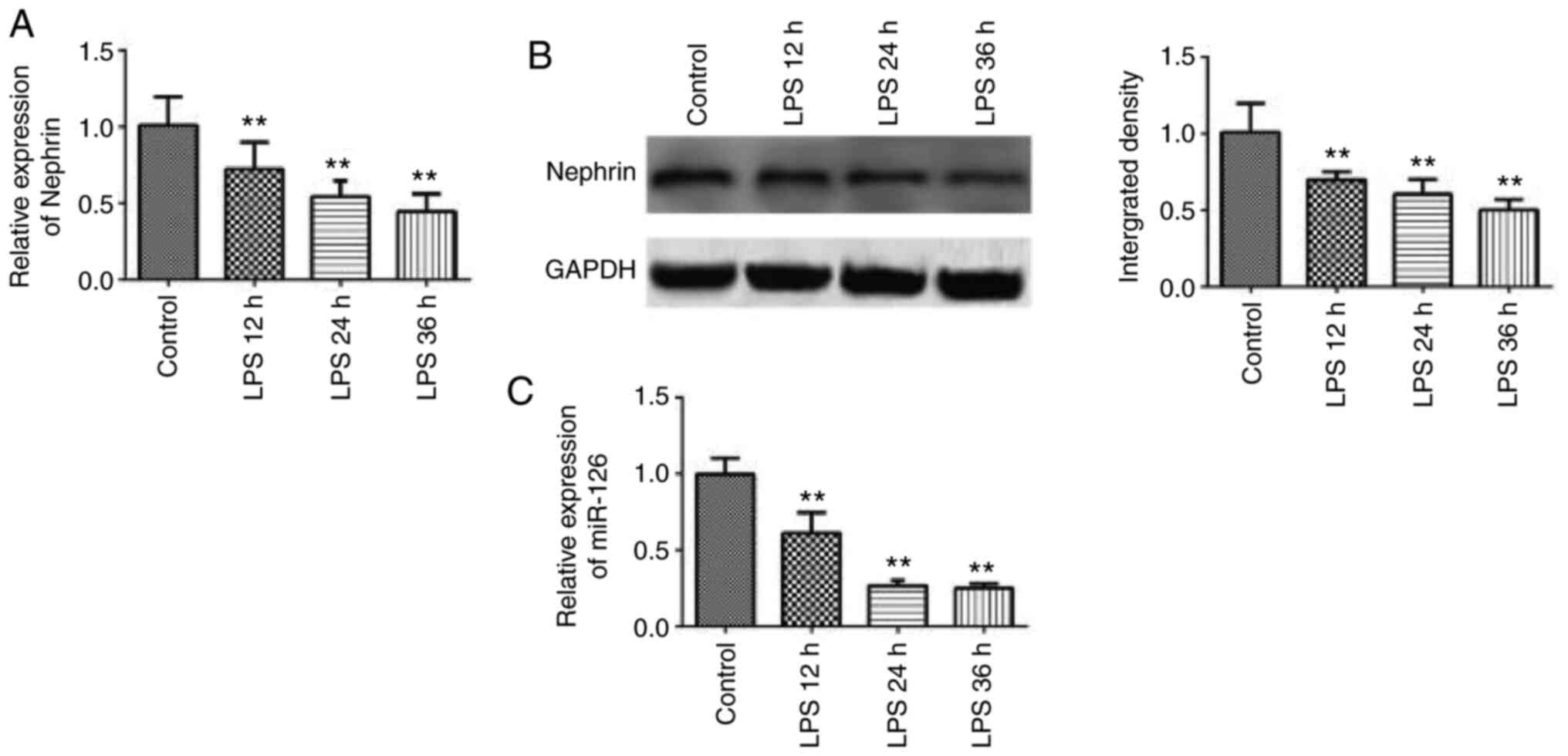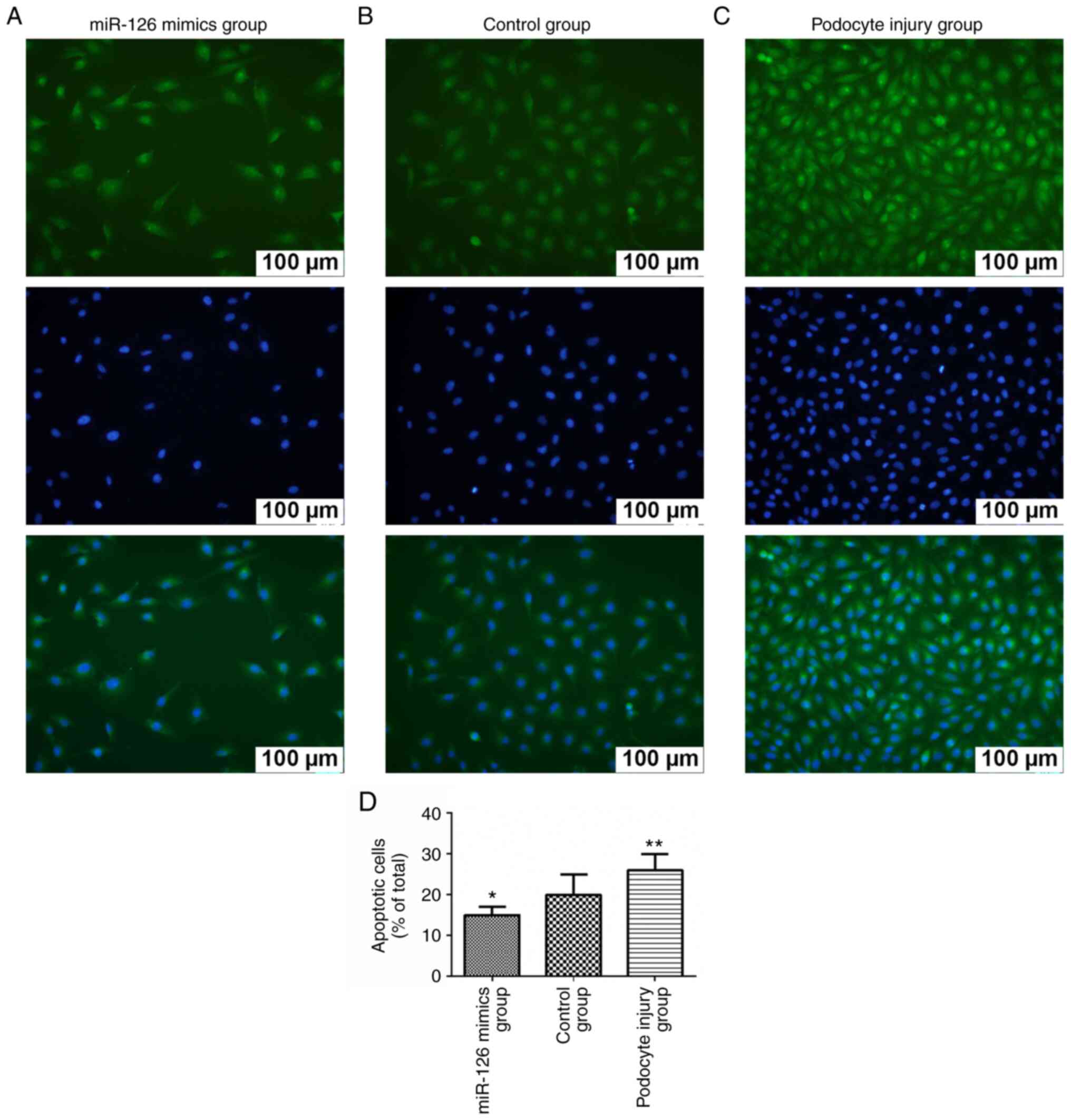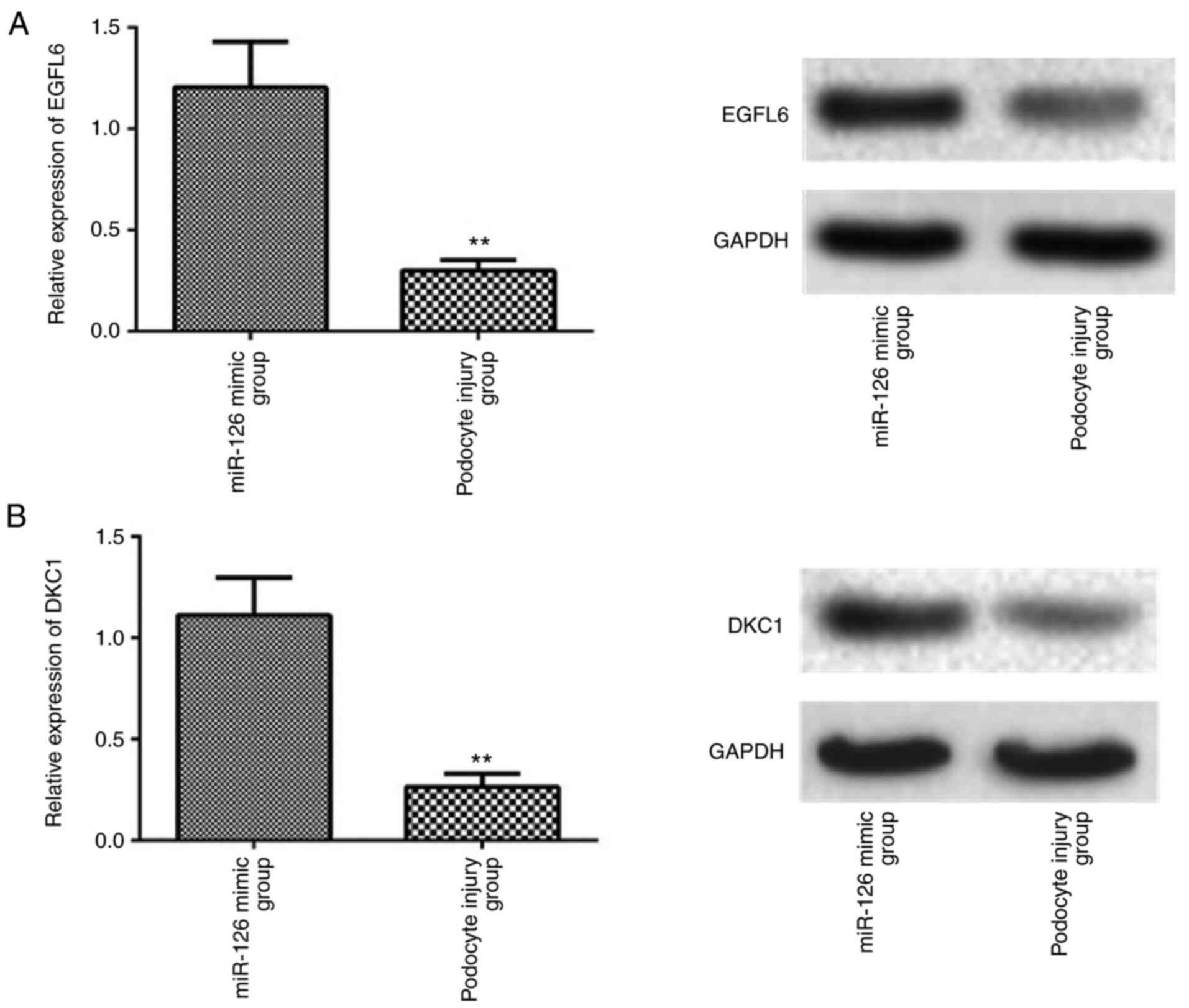|
1
|
Zlatian O, Balasoiu AT, Balasoiu M,
Cristea O, Docea AO, Mitrut R, Spandidos DA, Tsatsakis AM, Bancescu
G and Calina D: Antimicrobial resistance in bacterial pathogens
among hospitalised patients with severe invasive infections. Exp
Ther Med. 16:4499–4510. 2018.PubMed/NCBI
|
|
2
|
Călina D, Docea AO, Rosu L, Zlatian O,
Rosu AF, Anghelina F, Rogoveanu O, Arsene AL, Nicolae AC, Drăgoi
CM, et al: Antimicrobial resistance development following surgical
site infections. Mol Med Rep. 15:681–688. 2017. View Article : Google Scholar : PubMed/NCBI
|
|
3
|
Ungureanu A, Zlatian O, Mitroi G, Drocaş
A, Ţîrcă T, Călina D, Dehelean C, Docea AO, Izotov BN, Rakitskii
VN, et al: Staphylococcus aureus colonisation in patients
from a primary regional hospital. Mol Med Rep. 16:8771–8780. 2017.
View Article : Google Scholar : PubMed/NCBI
|
|
4
|
Calina D, Rosu L, Rosu AF, Ianosi G,
Ianosi S, Zlatian O, Mitrut R, Oana DA, Rogoveanu O, Mitruţ P, et
al: Etiological diagnosis and pharmacotherapeutic management of
parapneumonic pleurisy. Farmacia. 64:946–952. 2016.
|
|
5
|
Tanase A, Colita A, Ianosi G, Neagoe D,
Branisteanu DE, Calina D, Docea AO, Tsatsakis A and Ianosi SL: Rare
case of disseminated fusariosis in a young patient with graft vs.
host disease following an allogeneic transplant. Exp Ther Med.
12:2078–2082. 2016. View Article : Google Scholar : PubMed/NCBI
|
|
6
|
Seymour CW, Liu VX, Iwashyna TJ,
Brunkhorst FM, Rea TD, Scherag A, Rubenfeld G, Kahn JM,
Shankar-Hari M, Singer M, et al: Assessment of clinical criteria
for sepsis: For the third international consensus definitions for
sepsis and septic shock (Sepsis-3). JAMA. 315:762–774. 2016.
View Article : Google Scholar : PubMed/NCBI
|
|
7
|
Marik PE: Patterns of death in patients
with sepsis and the use of hydrocortisone, ascorbic acid, and
thiamine to prevent these deaths. Surg Infect (Larchmt).
19:812–820. 2018. View Article : Google Scholar : PubMed/NCBI
|
|
8
|
Genga KR and Russell JA: Update of sepsis
in the intensive care unit. J Innate Immun. 9:441–455. 2017.
View Article : Google Scholar : PubMed/NCBI
|
|
9
|
Shi B, Shi F, Xu K, Shi L, Tang H, Wang N,
Wu Y, Gu J, Ding J and Huang Y: The prognostic performance of
Sepsis-3 and SIRS criteria for patients with
urolithiasis-associated sepsis transferred to ICU following
surgical interventions. Exp Ther Med. 18:4165–4172. 2019.PubMed/NCBI
|
|
10
|
Ronco C, Bellasi A and Di Lullo L:
Cardiorenal syndrome: An overview. Adv Chronic Kidney Dis.
25:382–390. 2018. View Article : Google Scholar : PubMed/NCBI
|
|
11
|
Greka A and Mundel P: Cell biology and
pathology of podocytes. Annu Rev Physiol. 74:299–323. 2012.
View Article : Google Scholar : PubMed/NCBI
|
|
12
|
Wharram BL, Goyal M, Wiggins JE, Sanden
SK, Hussain S, Filipiak WE, Saunders TL, Dysko RC, Kohno K, Holzman
LB, et al: Podocyte depletion causes glomerulosclerosis: Diphtheria
toxin-induced podocyte depletion in rats expressing human
diphtheria toxin receptor transgene. J Am Soc Nephrol.
16:2941–2952. 2005. View Article : Google Scholar : PubMed/NCBI
|
|
13
|
Gambari R, Brognara E, Spandidos DA and
Fabbri E: Targeting oncomiRNAs and mimicking tumor suppressor
miRNAs: Νew trends in the development of miRNA therapeutic
strategies in oncology (Review). Int J Oncol. 49:5–32. 2016.
View Article : Google Scholar : PubMed/NCBI
|
|
14
|
Roberts JT and Borchert GM: Computational
prediction of MicroRNA target genes, target prediction databases,
and web resources. Methods Mol Biol. 1617:109–122. 2017. View Article : Google Scholar : PubMed/NCBI
|
|
15
|
Candido S, Lupo G, Pennisi M, Basile MS,
Anfuso CD, Petralia MC, Gattuso G, Vivarelli S, Spandidos DA, Libra
M, et al: The analysis of miRNA expression profiling datasets
reveals inverse microRNA patterns in glioblastoma and Alzheimer's
disease. Oncol Rep. 42:911–922. 2019.PubMed/NCBI
|
|
16
|
Bibaki E, Tsitoura E, Vasarmidi E,
Margaritopoulos G, Trachalaki A, Koutoulaki C, Georgopoulou T,
Spandidos DA, Tzanakis N and Antoniou KM: miR-185 and miR-29a are
similarly expressed in the bronchoalveolar lavage cells in IPF and
lung cancer but common targets DNMT1 and COL1A1 show disease
specific patterns. Mol Med Rep. 17:7105–7112. 2018.PubMed/NCBI
|
|
17
|
Falzone L, Romano GL, Salemi R, Bucolo C,
Tomasello B, Lupo G, Anfuso CD, Spandidos DA, Libra M and Candido
S: Prognostic significance of deregulated microRNAs in uveal
melanomas. Mol Med Rep. 19:2599–2610. 2019.PubMed/NCBI
|
|
18
|
Doukas SG, Vageli DP, Lazopoulos G,
Spandidos DA, Sasaki CT and Tsatsakis A: The effect of NNK, a
tobacco smoke carcinogen, on the miRNA and mismatch DNA repair
expression profiles in lung and head and neck squamous cancer
cells. Cells. 9:10312020. View Article : Google Scholar
|
|
19
|
Koutsaki M, Libra M, Spandidos DA and
Zaravinos A: The miR-200 family in ovarian cancer. Oncotarget.
8:66629–66640. 2017. View Article : Google Scholar : PubMed/NCBI
|
|
20
|
Sahu SC and Tsatsakis A: microRNAs:
Potential biomarkers of toxicity: A special issue of the Journal
Toxicology Reports. Toxicol Rep. 7:198–199. 2020. View Article : Google Scholar : PubMed/NCBI
|
|
21
|
Falzone L, Grimaldi M, Celentano E,
Augustin LSA and Libra M: Identification of modulated MicroRNAs
associated with breast cancer, diet, and physical activity. Cancers
(Basel). 12:25552020. View Article : Google Scholar
|
|
22
|
Polo A, Crispo A, Cerino P, Falzone L,
Candido S, Giudice A, De Petro G, Ciliberto G, Montella M, Budillon
A, et al: Environment and bladder cancer: Molecular analysis by
interaction networks. Oncotarget. 8:65240–65252. 2017. View Article : Google Scholar : PubMed/NCBI
|
|
23
|
Filetti V, Falzone L, Rapisarda V,
Caltabiano R, Eleonora Graziano AC, Ledda C and Loreto C:
Modulation of microRNA expression levels after naturally occurring
asbestiform fibers exposure as a diagnostic biomarker of
mesothelial neoplastic transformation. Ecotoxicol Environ Saf.
198:1106402020. View Article : Google Scholar : PubMed/NCBI
|
|
24
|
Sharifi-Rad J, Rodrigues CF, Sharopov F,
Docea AO, Can Karaca A, Sharifi-Rad M, Kahveci Karıncaoglu D,
Gülseren G, Şenol E, Demircan E, et al: Diet, lifestyle and
cardiovascular diseases: Linking pathophysiology to
cardioprotective effects of natural bioactive compounds. Int J
Environ Res Public Health. 17:23262020. View Article : Google Scholar
|
|
25
|
Sharifi-Rad M, Anil Kumar NV, Zucca P,
Varoni EM, Dini L, Panzarini E, Rajkovic J, Tsouh Fokou PV, Azzini
E, Peluso I, et al: Lifestyle, oxidative stress, and antioxidants:
Back and forth in the pathophysiology of chronic diseases. Front
Physiol. 11:6942020. View Article : Google Scholar : PubMed/NCBI
|
|
26
|
Finotti A, Allegretti M, Gasparello J,
Giacomini P, Spandidos DA, Spoto G and Gambari R: Liquid biopsy and
PCR-free ultrasensitive detection systems in oncology (Review). Int
J Oncol. 53:1395–1434. 2018.PubMed/NCBI
|
|
27
|
Silantyev AS, Falzone L, Libra M, Gurina
OI, Kardashova KS, Nikolouzakis TK, Nosyrev AE, Sutton CW, Mitsias
PD and Tsatsakis A: Current and future trends on diagnosis and
prognosis of glioblastoma: From molecular biology to proteomics.
Cells. 8:8632019. View Article : Google Scholar
|
|
28
|
Nikolouzakis TK, Vassilopoulou L,
Fragkiadaki P, Mariolis Sapsakos T, Papadakis GZ, Spandidos DA,
Tsatsakis AM and Tsiaoussis J: Improving diagnosis, prognosis and
prediction by using biomarkers in CRC patients (Review). Oncol Rep.
39:2455–2472. 2018.PubMed/NCBI
|
|
29
|
Zaravinos A, Radojicic J, Lambrou GI,
Volanis D, Delakas D, Stathopoulos EN and Spandidos DA: Expression
of miRNAs involved in angiogenesis, tumor cell proliferation, tumor
suppressor inhibition, epithelial-mesenchymal transition and
activation of metastasis in bladder cancer. J Urol. 188:615–623.
2012. View Article : Google Scholar : PubMed/NCBI
|
|
30
|
Rizos E, Siafakas N, Skourti E,
Papageorgiou C, Tsoporis J, Parker TH, Christodoulou DI, Spandidos
DA, Katsantoni E and Zoumpourlis V: miRNAs and their role in the
correlation between schizophrenia and cancer (Review). Mol Med Rep.
14:4942–4946. 2016. View Article : Google Scholar : PubMed/NCBI
|
|
31
|
Doukas SG, Vageli DP, Nikolouzakis TK,
Falzone L, Docea AO, Lazopoulos G, Kalbakis K and Tsatsakis A: Role
of DNA mismatch repair genes in lung and head and neck cancer
(Review). World Acad Sci J. 1:184–191. 2019.
|
|
32
|
Cheng Y, Yang M and Peng J: Correlation
the between the regulation of miRNA-1 in c-Met-induced EMT and
cervical cancer progression. Oncol Lett. 17:3341–3349.
2019.PubMed/NCBI
|
|
33
|
Xiong DD, Xu WQ, He RQ, Dang YW, Chen G
and Luo DZ: In silico analysis identified miRNA based therapeutic
agents against glioblastoma multiforme. Oncol Rep. 41:2194–2208.
2019.PubMed/NCBI
|
|
34
|
Liu C, Tong Z, Tan J, Xin Z, Wang Z and
Tian L: MicroRNA-21-5p targeting PDCD4 suppresses apoptosis via
regulating the PI3K/AKT/FOXO1 signaling pathway in tongue squamous
cell carcinoma. Exp Ther Med. 18:3543–3551. 2019.PubMed/NCBI
|
|
35
|
Krill KT, Gurdziel K, Heaton JH, Simon DP
and Hammer GD: Dicer deficiency reveals microRNAs predicted to
control gene expression in the developing adrenal cortex. Mol
Endocrinol. 27:754–768. 2013. View Article : Google Scholar : PubMed/NCBI
|
|
36
|
Asgeirsdóttir SA, van Solingen C, Kurniati
NF, Zwiers PJ, Heeringa P, van Meurs M, Satchell SC, Saleem MA,
Mathieson PW, Banas B, et al: MicroRNA-126 contributes to renal
microvascular heterogeneity of VCAM-1 protein expression in acute
inflammation. Am J Physiol Renal Physiol. 302:F1630–F1639. 2012.
View Article : Google Scholar : PubMed/NCBI
|
|
37
|
Metzinger-Le Meuth V, Andrianome S,
Chillon JM, Bengrine A, Massy ZA and Metzinger L: microRNAs are
dysregulated in the cerebral microvasculature of CKD mice. Front
Biosci (Elite Ed). 6:80–88. 2014. View
Article : Google Scholar : PubMed/NCBI
|
|
38
|
Zampetaki A, Kiechl S, Drozdov I, Willeit
P, Mayr U, Prokopi M, Mayr A, Weger S, Oberhollenzer F, Bonora E,
et al: Plasma microRNA profiling reveals loss of endothelial
miR-126 and other microRNAs in type 2 diabetes. Circ Res.
107:810–817. 2010. View Article : Google Scholar : PubMed/NCBI
|
|
39
|
Wang S, Aurora AB, Johnson BA, Qi X,
McAnally J, Hill JA, Richardson JA, Bassel-Duby R and Olson EN: The
endothelial-specific microRNA miR-126 governs vascular integrity
and angiogenesis. Dev Cell. 15:261–271. 2008. View Article : Google Scholar : PubMed/NCBI
|
|
40
|
Liu Y, Gao G, Yang C, Zhou K, Shen B,
Liang H and Jiang X: Stability of miR-126 in Urine and Its
Potential as a Biomarker for Renal Endothelial Injury with Diabetic
Nephropathy. Int J Endocrinol. 2014:3931092014. View Article : Google Scholar : PubMed/NCBI
|
|
41
|
Sheng X, Zuo X, Liu X, Zhou Y and Sun X:
Crosstalk between TLR4 and Notch1 signaling in the IgA nephropathy
during inflammatory response. Int Urol Nephrol. 50:779–785. 2018.
View Article : Google Scholar : PubMed/NCBI
|
|
42
|
Livak KJ and Schmittgen TD: Analysis of
relative gene expression data using real-time quantitative PCR and
the 2(-Delta Delta C(T)) Method. Methods. 25:402–408. 2001.
View Article : Google Scholar : PubMed/NCBI
|
|
43
|
Langham RG, Kelly DJ, Cox AJ, Thomson NM,
Holthöfer H, Zaoui P, Pinel N, Cordonnier DJ and Gilbert RE:
Proteinuria and the expression of the podocyte slit diaphragm
protein, nephrin, in diabetic nephropathy: Effects of angiotensin
converting enzyme inhibition. Diabetologia. 45:1572–1576. 2002.
View Article : Google Scholar : PubMed/NCBI
|
|
44
|
Wolenski FS, Shah P, Sano T, Shinozawa T,
Bernard H, Gallacher MJ, Wyllie SD, Varrone G, Cicia LA, Carsillo
ME, et al: Identification of microRNA biomarker candidates in urine
and plasma from rats with kidney or liver damage. J Appl Toxicol.
37:278–286. 2017. View
Article : Google Scholar : PubMed/NCBI
|
|
45
|
Zhou Z, Wan J, Hou X, Geng J, Li X and Bai
X: MicroRNA-27a promotes podocyte injury via PPARγ-mediated
β-catenin activation in diabetic nephropathy. Cell Death Dis.
8:e26582017. View Article : Google Scholar : PubMed/NCBI
|
|
46
|
Chen X, Zhao L, Xing Y and Lin B:
Down-regulation of microRNA-21 reduces inflammation and podocyte
apoptosis in diabetic nephropathy by relieving the repression of
TIMP3 expression. Biomed Pharmacother. 108:7–14. 2018. View Article : Google Scholar : PubMed/NCBI
|
|
47
|
Fu Y, Wang C, Zhang D, Chu X, Zhang Y and
Li J: miR-15b-5p ameliorated high glucose-induced podocyte injury
through repressing apoptosis, oxidative stress, and inflammatory
responses by targeting Sema3A. J Cell Physiol. 234:20869–20878.
2019. View Article : Google Scholar : PubMed/NCBI
|
|
48
|
Xian Y, Dong L, Jia Y, Lin Y, Jiao W and
Wang Y: miR-370 promotes high glucose-induced podocyte injuries by
inhibiting angiotensin II type 1 receptor-associated protein. Cell
Biol Int. 42:1545–1555. 2018. View Article : Google Scholar : PubMed/NCBI
|
|
49
|
Liu XD, Zhang LY, Zhu TC, Zhang RF, Wang
SL and Bao Y: Overexpression of miR-34c inhibits high
glucose-induced apoptosis in podocytes by targeting Notch signaling
pathways. Int J Clin Exp Pathol. 8:4525–4534. 2015.PubMed/NCBI
|
|
50
|
Liu D, Liu F, Wang X, Qiao Y, Pan S, Yang
Y, Hu Y, Zhang Y, Tian F and Liu Z: MiR-130a-5p prevents
angiotensin II-induced podocyte apoptosis by modulating M-type
phospholipase A2 receptor. Cell Cycle. 17:2484–2495. 2018.
View Article : Google Scholar : PubMed/NCBI
|
|
51
|
Henique C, Bollée G, Loyer X, Grahammer F,
Dhaun N, Camus M, Vernerey J, Guyonnet L, Gaillard F, Lazareth H,
et al: Genetic and pharmacological inhibition of microRNA-92a
maintains podocyte cell cycle quiescence and limits crescentic
glomerulonephritis. Nat Commun. 8:18292017. View Article : Google Scholar : PubMed/NCBI
|
|
52
|
Xu G, Mo L, Wu C, Shen X, Dong H, Yu L,
Pan P and Pan K: The miR-15a-5p-XIST-CUL3 regulatory axis is
important for sepsis-induced acute kidney injury. Ren Fail.
41:955–966. 2019. View Article : Google Scholar : PubMed/NCBI
|
|
53
|
Zheng Z, Hu H, Tong Y, Hu Z, Cao S, Shan
C, Lin W, Yin Y and Li Z: MiR-27b regulates podocyte survival
through targeting adenosine receptor 2B in podocytes from non-human
primate. Cell Death Dis. 9:11332018. View Article : Google Scholar : PubMed/NCBI
|
|
54
|
Noh K, Mangala LS, Han H-D, Zhang N,
Pradeep S, Wu SY, Ma S, Mora E, Rupaimoole R, Jiang D, et al:
Differential effects of EGFL6 on tumor versus wound angiogenesis.
Cell Rep. 21:2785–2795. 2017. View Article : Google Scholar : PubMed/NCBI
|
|
55
|
Larimer BM and Deutscher SL:
Identification of a peptide from in vivo bacteriophage display with
homology to EGFL6: A candidate tumor vasculature ligand in breast
cancer. J Mol Biomark Diagn. 5:1782014.PubMed/NCBI
|
|
56
|
Mas VR, Maluf DG, Archer KJ, Yanek KC and
Fisher RA: Angiogenesis soluble factors as hepatocellular carcinoma
noninvasive markers for monitoring hepatitis C virus cirrhotic
patients awaiting liver transplantation. Transplantation.
84:1262–1271. 2007. View Article : Google Scholar : PubMed/NCBI
|
|
57
|
Ballew BJ and Savage SA: Updates on the
biology and management of dyskeratosis congenita and related
telomere biology disorders. Expert Rev Hematol. 6:327–337. 2013.
View Article : Google Scholar : PubMed/NCBI
|
|
58
|
Cao DW, Jiang CM, Wan C, Zhang M, Zhang
QY, Zhao M, Yang B, Zhu DL and Han X: Upregulation of miR-126
delays the senescence of human glomerular mesangial cells Induced
by high glucose via telomere-p53-p21-Rb signaling pathway. Curr Med
Sci. 38:758–764. 2018. View Article : Google Scholar : PubMed/NCBI
|
|
59
|
Yu X, Odenthal M and Fries JW: Exosomes as
miRNA carriers: Formation-function-future. Int J Mol Sci.
17:20282016. View Article : Google Scholar
|



















